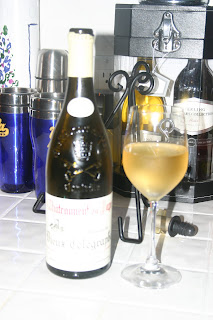
OK so I drink a lot of Pinot, I admit it, PN is a drug and I'm a Pinot junkie, she has me wrapped around her finger like groupies to a starlet (think Scarlet Johansen). How can you avoid falling for the juiciness, gobs of fruit, zinging acidity, velvety texture and [easy boy easy]. Look King Cab has its place, big brute barging into the fray demanding attention with its over the top extractions and muscularity. Don't leave out Chard-onia, bringing the world malo, vanilla and cream. Of course, I'm a Rhone-ista too, and draw wood on that region's expression of earth and fruit. But Pinot is always after my heart, or veins or liver, however you want to characterize her clutches. I'm talking Pinot here, from California and maybe Oregon in a pinch, lovely west coast juice, rife with cherries, minerals, fog and the sea. How can any wine lover resist?
So Laube does his little Pinot fest around the Super Bowl and he throws out a dozen beauties to try. How can an honest wine head like me with a day job keep up and afford to track down so many raptures? One at a time, I guess.
Anyway, the Roessler Cellars from Anderson Valley caught my eye and, thereafter, my credit card. It didn't take long to see that here was a mother lode for my Pinot fix. Wells Guthrie, from Copain (mailing list!) consulting with a newbie focused on single vineyards Pinots? They hooked a flounder, just had to reel me in and gaff me.
So I order a 6 pack of the 2004 Roessler Cellars Anderson Valley Savoy Pinot Noir, which clocks in at 14.5% alcohol from the website for $45 a bottle. Ruby red in the glass, the wine opens with a nose of blackberry and saddle leather, followed by a muscular mix of dark fruit taking over the mid-palate. Currants and earth, with mouthfuls of juicy fruit following every sip (or, in my case, every slurp/chug). A structured and refined offering, the Savoy has a smooth, redolent finish. A crowd pleaser that will appeal to the snobs and enthusiasts alike. For me the 2004 could use another year in the bottle to reach full bloom and integration of fruit and acidity.
Rating: Excellent, very tasty.
Cheers, Barrld





